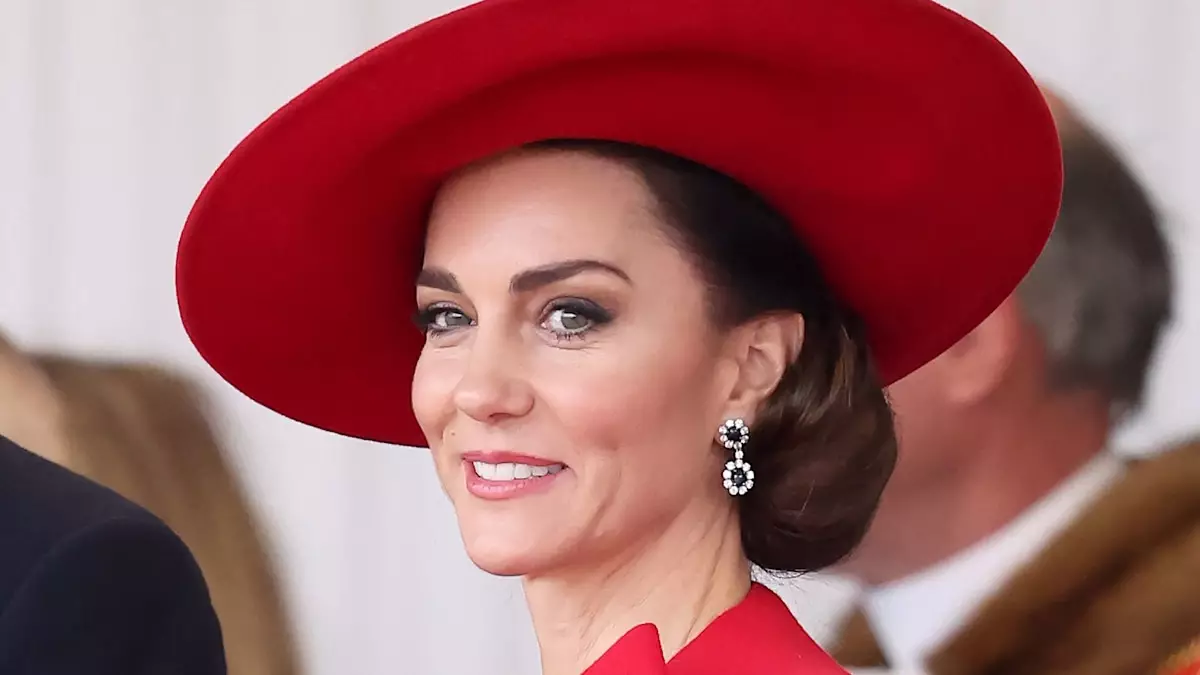Royalty isn’t just a title; it embodies a world where fashion serves as both a symbol of status and a tool for communication. The wardrobes of royal women—think Princess Kate and Zara Tindall—are carefully crafted to adhere to long-established etiquette that often transcends mere clothing choices. While contemporary fashion tends toward personal expression, royal attire often rests firmly within the boundaries of tradition and decorum. Every detail, from hemlines to hues, plays a significant role in how these women present themselves during public engagements. However, the conversation around royal headwear invites both intrigue and debate about what this signifies in a modern context.
The Significance of Headwear
Headwear, particularly hats, occupies a crucial spot in royal fashion. According to insights from etiquette expert and former royal butler Grant Harrold, hats aren’t just optional adornments but a requisite for formal occasions, such as the Commonwealth Day Service at Westminster Abbey. Given their deep-seated origins in the 1850s, when hats symbolized respectability and modesty, these traditions continue to inform the sartorial choices of royal ladies. However, the age-old rule of wearing hats only from 6 am to 6 pm merits scrutiny. Is it feasible in a modern world where societal norms around female expression have evolved?
Indeed, the restriction that bans royal women from removing their hats post-sunset while simultaneously fostering a norm of tiara-wearing for married royals feels antiquated. It begs the question: Can these rules be updated to reflect changing societal values while still maintaining the dignity that monarchy represents? The juxtaposition of tradition and modernity highlights the struggle within royal fashion to remain relevant without compromising its esteemed heritage.
The Hat vs. Fascinator Debate
Interestingly, not all forms of headgear hold the same prestige within royal circles. Harrold notes that fascinators, often viewed as whimsical and playful, are generally discouraged at formal events, signaling a divide between what is considered appropriate and what is merely trendy. This raises an intriguing point: do fascinators lack the gravitas of hats because they evoke a more casual or avant-garde aesthetic? Or do they merely represent a departure from the traditional opulence of royal styling?
Princess Beatrice’s playful take on this rule, opting for oversized headbands that merge the characteristics of hats and fascinators, embodies a fusion of modern creativity and royal decorum. This choice could suggest a quiet rebellion or perhaps an innovative way to uphold tradition while injecting personal flair. The evolving dynamics within royal fashion are convincing arguments for why change, especially regarding headwear, could reflect individual identities more meaningfully.
Color as a Statement
Beyond headwear, color symbolism in royal attire, particularly for Princess Kate, has drawn attention. Harrold mentions an unwritten rule that connects Kate, Prince William’s wife, to wearing red during significant engagements. Fashion commentator Marina Thomas emphasizes the psychological power of red, symbolizing courage, confidence, and visibility. This choice can hardly be labeled as trivial; it carries weight and intention, reminiscent of how Princess Diana utilized color to communicate her poise and compassion.
In a world where fashion can often feel superficial, Kate’s strategic selections provide layers of meaning. Opting for vibrant hues can symbolize a royal’s readiness to engage with vital issues and serve the public—a visual manifestation of commitment that reignites interest in royal engagements. The use of color in this context elevates royal attire from mere clothing to a profound statement about character, purpose, and engagement with societal issues.
As the royal family navigates this intricate web of fashion, they find themselves at a crossroads between time-honored traditions and the relentless march of modernity. Royal ladies walking the tightrope of necessity, propriety, and personal expression must consider how each outfit they don aligns with their influential roles. The ongoing transformation of royal fashion invites exploration and dialogue about modern monarchy’s place in an evolving cultural landscape. It holds potential for not just visual aesthetics, but for fostering a deeper connection with the public they serve.

